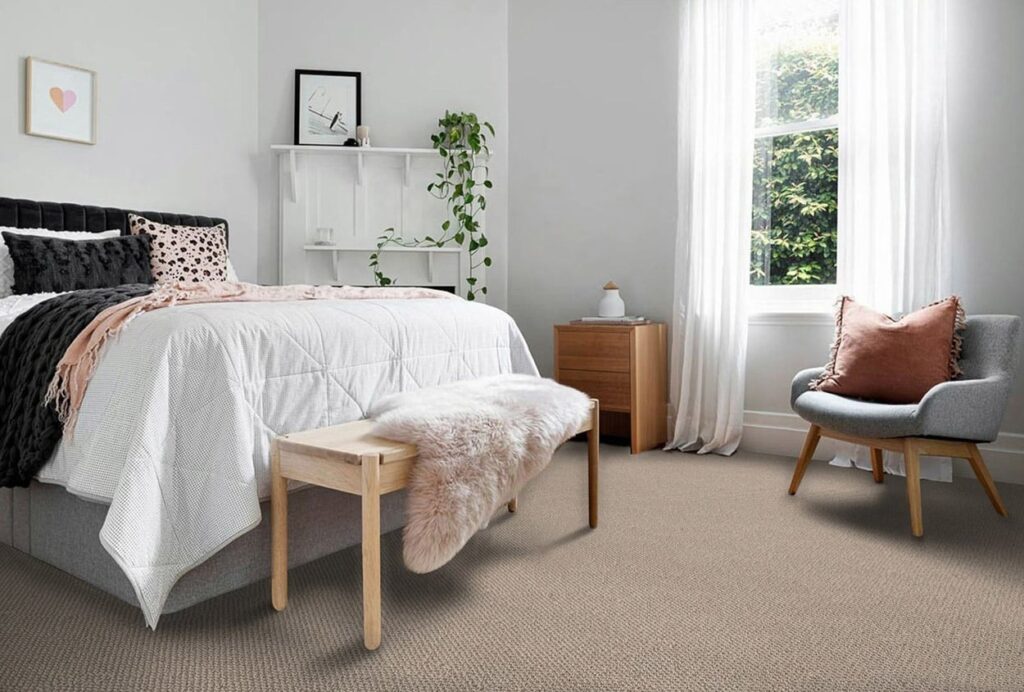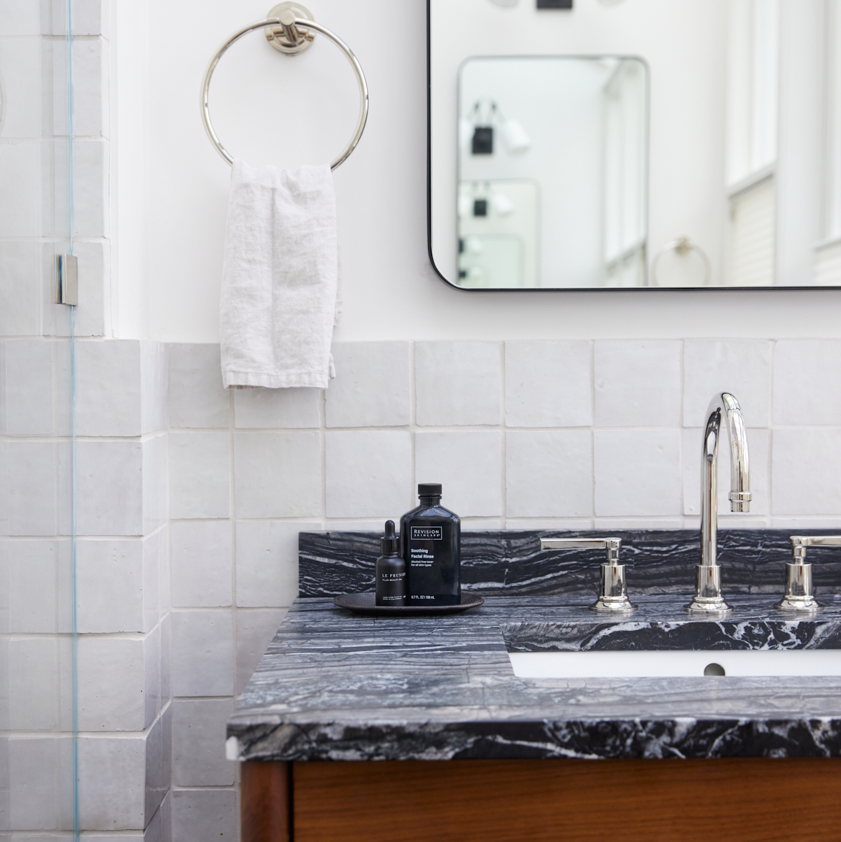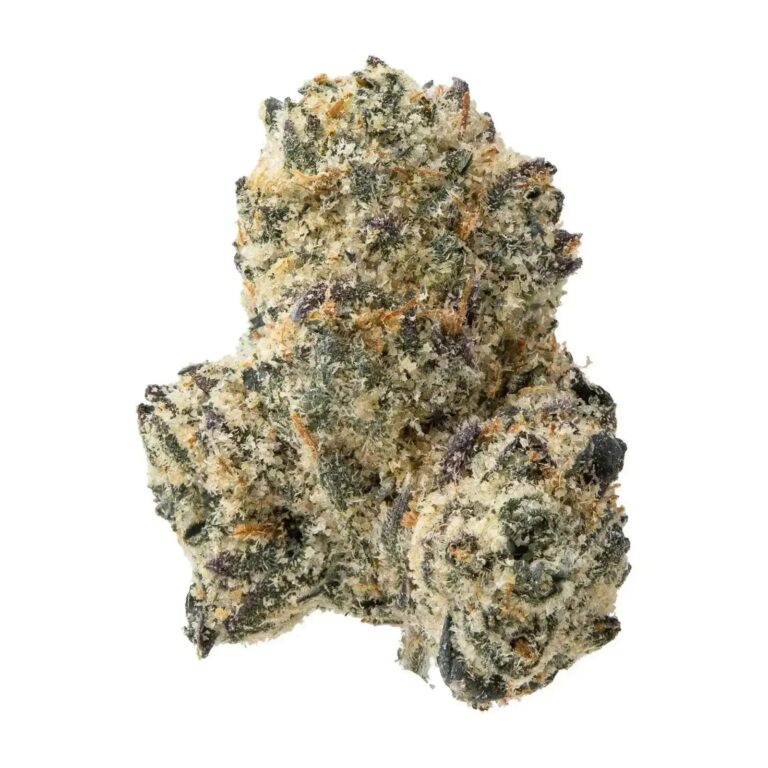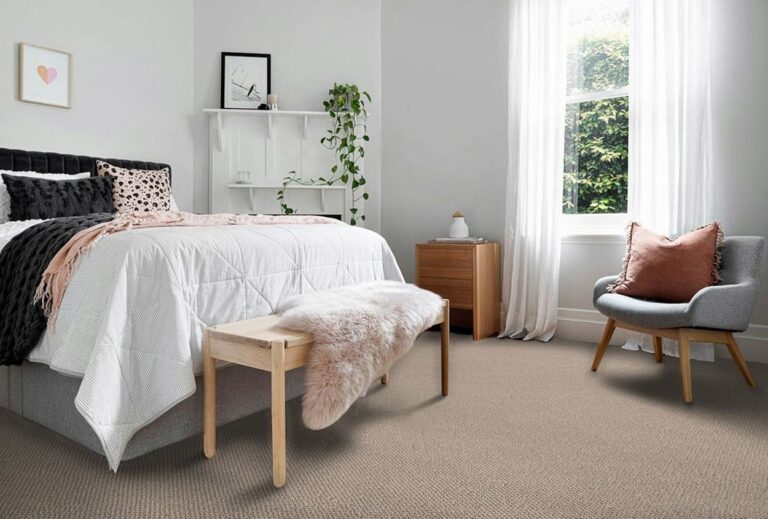
You wake up feeling stuffy again. You blame the weather, your sinuses, and maybe your partner’s questionable choice in laundry detergent.
But what if the problem is right beneath your feet? In fact, that soft carpet may be the villain in your bedtime story.
Don’t worry, though, if that’s the case, then it’s completely fixable. Stick around and see how a few smart tweaks can make a big difference!
What Are The Hidden Triggers?
Think of asthma triggers as your body’s unique alarm system. Just as everyone has a unique fingerprint, what bothers one person might not bother someone else at all.
So, pay attention to the signals. If you find yourself wheezing or waking up tight-chested, jot down the time, what you were doing, and anything new in your environment. You’ll start to spot a pattern faster than you’d think.
Now, let’s talk about the usual suspects. Dust mites love warm, humid bedrooms and feast on dead skin cells like it’s an all-you-can-eat buffet. As for pet dander, it can linger in carpets for months, even after thorough cleaning.
Then, there’s mould, which thrives in damp corners, and pollen that sneaks in from outside and settles deep in the fibres. Even your go-to cleaning spray could be irritating your airways if it leaves behind strong residues.
Still not sure what’s triggering your asthma? An allergy specialist can take the guesswork out. They can test your home’s dust, check the air quality, and even analyse your carpet to pinpoint exactly what’s setting you off.
Your Secret Filter System
You probably don’t give much thought to what’s happening under your feet, especially when you’re just trying to sleep. But if you’re dealing with asthma, your carpet might be stirring up more than just dust bunnies.
Throughout the day, we naturally shed around 1.5 million tiny skin cells, and most settle onto the ground, creating an invisible layer.
So, every time you move around your bedroom, you kick up a mix of dead skin cells, pollen, pet dander, and whatever else your shoes have dragged in.
When you stay on top of cleaning, your carpet can help you control those irritants by holding onto them instead of letting them float around in the air. That’s why some people say it works a bit like a passive air filter.
But if you let things slide and your rug gets overloaded, each step will turn into a mini dust storm you definitely don’t want to breathe in.
So, what helps? First, you have to clean your carpets often and keep humidity in check (between 30% and 50%). If your bedroom feels like a rainforest, mould and dust mites are already living their best life in your home–and at your health’s expense!
Looking for a quick fix? You can get a dehumidifier if you don’t mind splurging a bit.
Hypoallergenic Fabrics
Let’s be real: not all carpets are asthma-friendly. Some fibres make it easier to breathe while others hoard moisture and dust like a museum collection.
To keep your symptoms under control, opt for synthetics like nylon or polyester. Unlike natural fibres, these materials actively resist moisture. Think of them as your first line of defence against asthma triggers.
As for the texture, the shorter and denser the pile is, the fewer places there are for allergens to hide. So, skip anything fluffy or shaggy. It may look cosy, but it’s a dust trap.
Tempted by natural fibres like wool or jute? Fair enough—they look great. But unless you’re ready to babysit them, they can act like giant sponges for moisture and allergens.
And if you want to go the extra mile, look for carpets with built-in antimicrobial treatments or enzymes that break down allergens before they become a problem.
Maintenance Hacks
You don’t have to spend your life lugging around your vacuum just to breathe easy. You just need the right tools and a routine that doesn’t take up your entire weekend.
Let’s start with your vacuum. If it doesn’t have a sealed HEPA filter, it’s probably just blowing the dust around. Instead, look for a model that effectively traps allergens. Want better results? Opt for one that allows you to adjust the height to match your carpet pile.
Once you have the right vacuum, it’s all about consistency. Try to go over high-traffic spots, such as the area around your bed, twice a week.
And don’t forget those forgotten sections under your bed, along the skirting boards, and behind furniture. Trust us, dust loves those out-of-sight corners.
Of course, even with the best vacuum and a solid schedule, you’ll need extra help every once in a while. That’s where professional carpet cleaning providers come in. The equipment they use gets deeper into the fibres than you ever could with a standard vacuum.
To find the best carpet cleaner, check reviews and compare a few quotes to ensure you get the best value. This way, you can find someone who knows what they’re doing without charging a small fortune.
Finally, between those deep cleans, deal with spills straight away using fragrance-free products, and toss a washable mat by the bedroom door to stop grime.
Asthma-Safe Alternatives
If you’ve vacuumed, steam-cleaned, and deep-cleaned, and still find yourself waking up tight-chested, it might be time to switch to a different type of flooring. Luckily, there are plenty of good-looking, low-maintenance options ready to sweep you off your feet.
Hardwood is a solid choice, as it doesn’t harbour dust and allergens, and you can keep it spotless with a quick sweep. Just skip the harsh chemical cleaners—no need to trade dust for fumes.
You can also go for vinyl or laminate. The newer options are tough, scratch-resistant, and surprisingly stylish. Sure, they don’t muffle noises quite like carpets, but it’s a solid trade-off.
As for ceramic and porcelain, allergens don’t stand a chance on their smooth, glossy surfaces. And while they can feel like ice blocks in winter, a couple of machine-washable rugs and cosy socks will keep your toes happy.
Conclusion
You don’t have to live with your Ventolin inhaler glued to your hand, because with the right cleaning routine and setup, you might even actually forget where you last put it.
So, why settle for restless nights when these small changes can bring you major relief? Take control of your health today and see immediate improvement. It’s simply not worth it to suffer. You already know what to do, so just do it and you’ll never look back!




